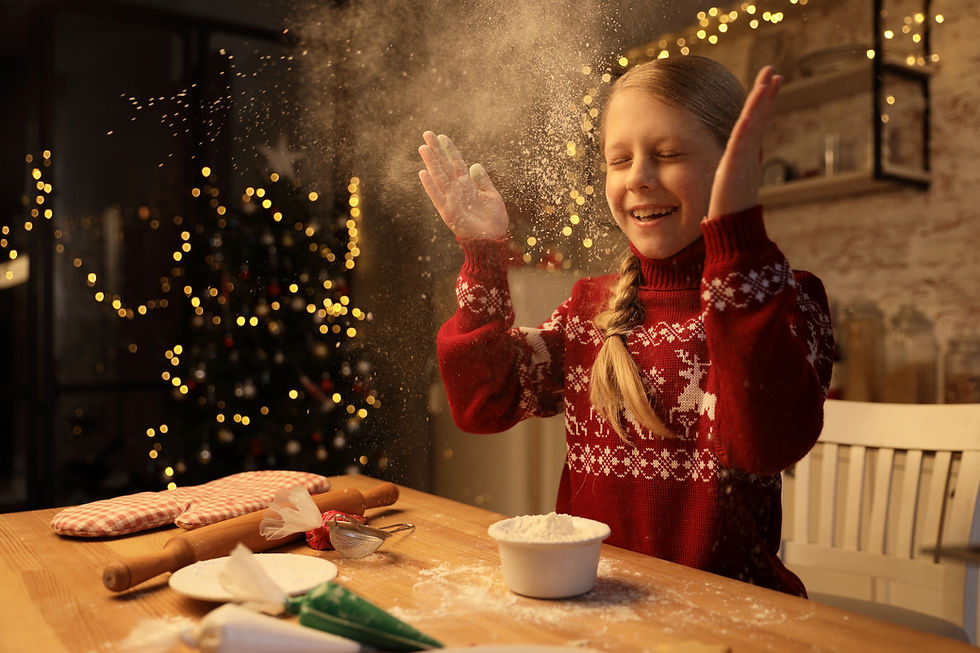Is your Halloween costume ableist?
- Lauren Beader
- Oct 30, 2022
- 2 min read
Updated: Jan 14, 2023
As you start preparing for Halloween this year, please keep in mind that your costume has implications on society.
Dressing as someone with a disability or using characteristics or devices common with a disability community perpetuates harmful stigmas around disability.
Just imagine being a kid with a disability, and people dress up as you for Halloween. Imagine people using your condition as a representation of something scary or evil. How would that make you feel? What does it tell our disabled and non-disabled children about disability and mental illness?
This list came from those within the disability community. Some people might be fine with these costumes, and that's great. But even if it makes one child feel less-than or stigmatized, it's something to keep in mind.
Because anything we can do to reduce stigmas can help create a more inclusive future.

Three blind mice
Blindness is a real condition, and people use white canes as a way of getting around. Pretending to be Blind on Halloween minimizes the validity of real conditions and mobility aids.

Psych patient
Mental illness is not funny or scary. In fact, chances are that someone around you has experience with mental illness.

Any illness or diagnosis
For a while, this Anna Rexia costume was popular. But anyone who has dealt with an eating disorder knows it's nothing to joke about.

Using a mobility aid you don't need
Many people — including children — use mobility aids to get around and live their everyday lives.

Prosthetics or missing limbs
Whether it's a severed hand or a hook, these costumes signal that limb differences and amputations are scary.

Eye patches
For some, this is their everyday. In fact, it's fairly common for kids to wear eye patches to strengthen their eyes. You can dress up without making someone else feel like you're making light of their everyday life.

Disabled characters
You'd think this is a given, but people still dress as characters like Sloth from the Goonies or wear masks with features that resemble disabilities .

Painting your face red or purple
Whether it's someone with ichthyosis, purpura, or scars as a result of burns, face paint can make light of the facial differences others live with every day.

"Disfigurement"
There are SO many masks out there with "disfigured" faces — often resembling characters that have survived accidents. This reinforces the stigma that people with facial differences are scary among kids.

Attack victims
Shark attack victims, car crash victims, and anyone who has survived any kind of accident should not be a costume. It's a reality for some individuals.





Comments